-
Sold out

 Vendor:Harder & Steenbeck
Vendor:Harder & SteenbeckHarder & Steenbeck Evolution 2 in 1
Regular price $199.00 USDRegular price -
Sold out

 Vendor:Harder & Steenbeck
Vendor:Harder & SteenbeckHarder & Steenbeck EVOLUTION AL plus 2 in 1
Regular price $304.00 USDRegular price -

 Vendor:Harder & Steenbeck
Vendor:Harder & SteenbeckHarder & Steenbeck NEW INFINITY 2024 CRplus 2in1 airbrush
Regular price $360.00 USDRegular price -
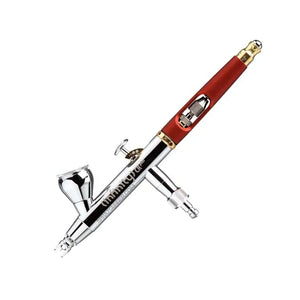
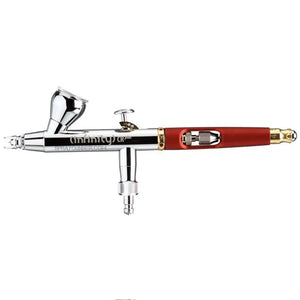 Vendor:Harder & Steenbeck
Vendor:Harder & SteenbeckHarder & Steenbeck airbrush 2023 INFINITY CR Plus (0.15, 0.2 or 0.4mm) discontinued
Regular price From $175.00 USDRegular price$220.00 USD-$45.00 USD Sale price From $175.00 USD -
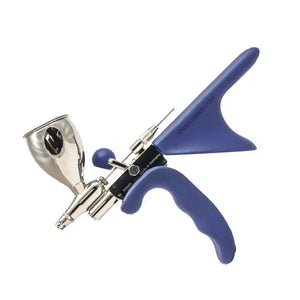
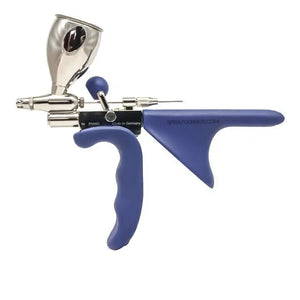 Vendor:Harder & Steenbeck
Vendor:Harder & SteenbeckHarder & Steenbeck COLANI
Regular price $266.00 USDRegular price -
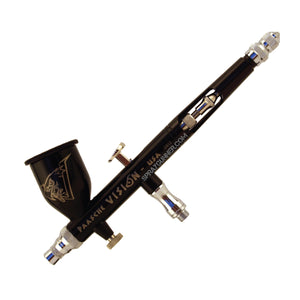
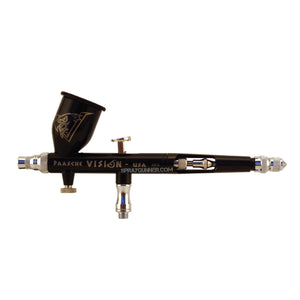 Vendor:Paasche
Vendor:PaaschePaasche Vision TGX-2F
Regular price $164.00 USDRegular price -
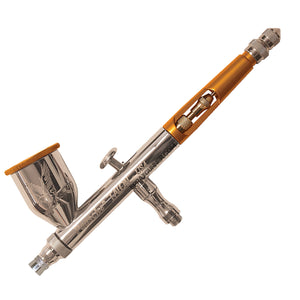
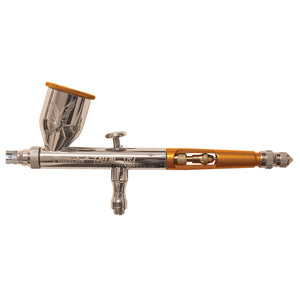
-
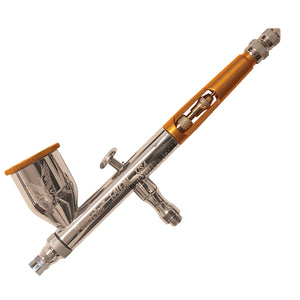
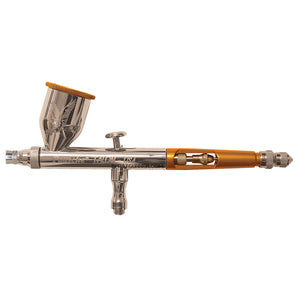 Vendor:Paasche
Vendor:PaaschePaasche Talon Set with Three Heads and Fan Cap TG-3AS
Regular price $125.00 USDRegular price -
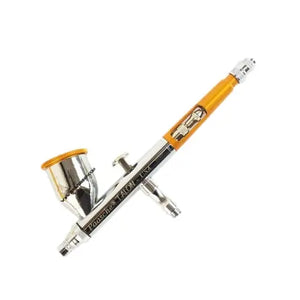
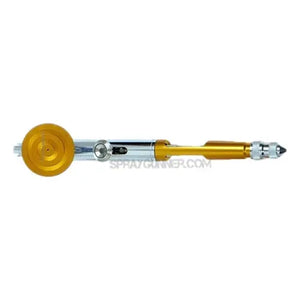
-
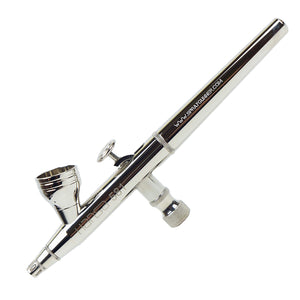
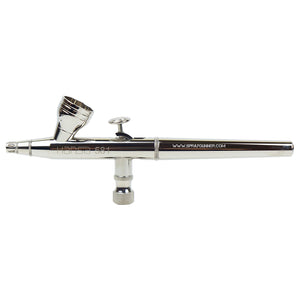
-

 Vendor:Hansa
Vendor:HansaHansa 181 discontinued
Regular price $135.00 USDRegular price$158.00 USD-$23.00 USD Sale price $135.00 USD -


-
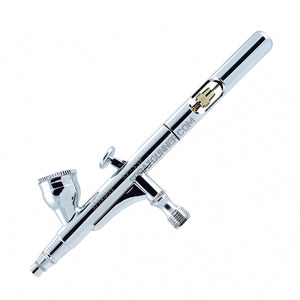
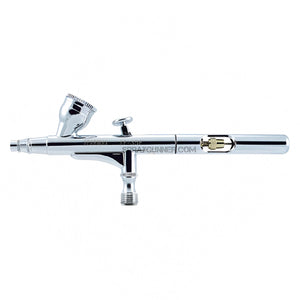 Vendor:Sparmax
Vendor:SparmaxSparmax SP-35F Airbrush
Regular price $69.99 USDRegular price -
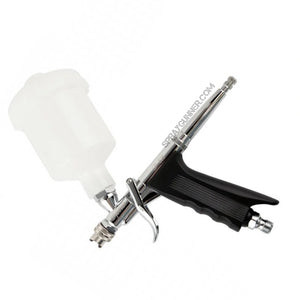
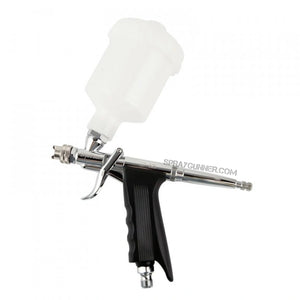 Vendor:Sparmax
Vendor:SparmaxSparmax GP 850 Pistol Grip
Regular price $119.99 USDRegular price -
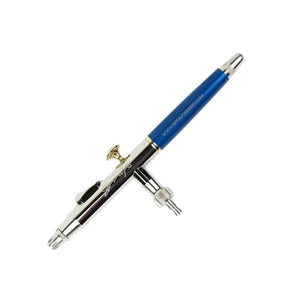
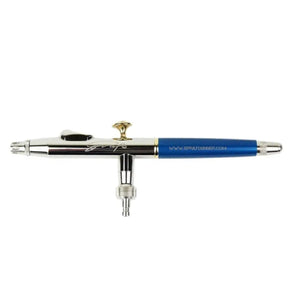 Vendor:Harder & Steenbeck
Vendor:Harder & SteenbeckHarder & Steenbeck GRAFO T1 discontinued
Regular price $231.00 USDRegular price -
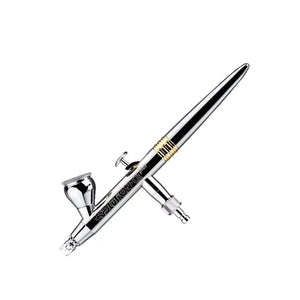
 Vendor:Harder & Steenbeck
Vendor:Harder & SteenbeckHarder & Steenbeck EVOLUTION CR Plus 2in1 discontinued
Regular price $257.00 USDRegular price -

 Vendor:Badger
Vendor:BadgerBadger R1V Renegade Velocity
Regular price $82.00 USDRegular price -
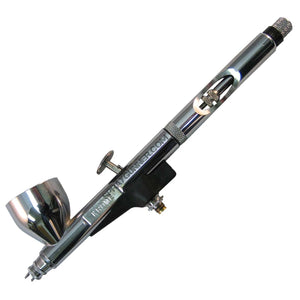
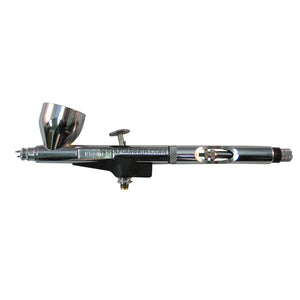 Vendor:Badger
Vendor:BadgerBadger RK-1 Renegade Krome 2in1 airbrush
Regular price $88.00 USDRegular price$100.00 USD-$12.00 USD Sale price $88.00 USD -

 Vendor:Badger
Vendor:BadgerBadger Air Brush Co. Xtreme Patriot 105 airbrush
Regular price $87.15 USDRegular price$107.75 USD-$20.60 USD Sale price $87.15 USD -

 Vendor:Harder & Steenbeck
Vendor:Harder & SteenbeckHarder & Steenbeck NEW INFINITY 2024 CRplus Solo airbrush
Regular price $280.00 USDRegular price -
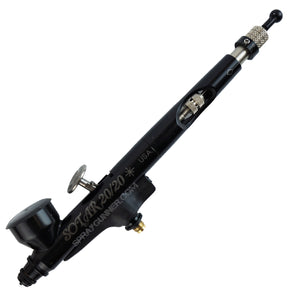
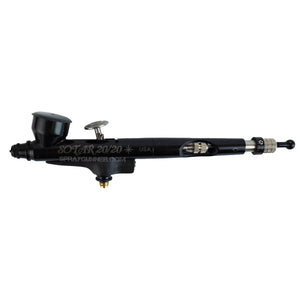 Vendor:Badger
Vendor:BadgerBadger Sotar 20/20 Fine Airbrush
Regular price $88.00 USDRegular price$144.00 USD-$56.00 USD Sale price $88.00 USD -

 Vendor:Badger
Vendor:BadgerBadger Patriot 105-1 Fine Gravity Airbrush
Regular price $67.43 USDRegular price$100.00 USD-$32.57 USD Sale price $67.43 USD -
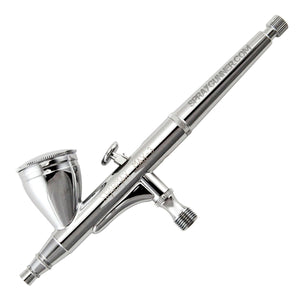
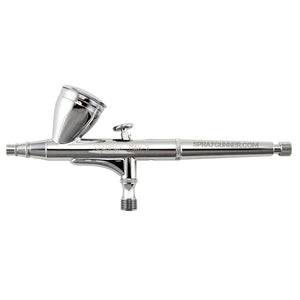
-

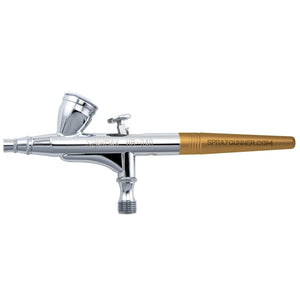
-
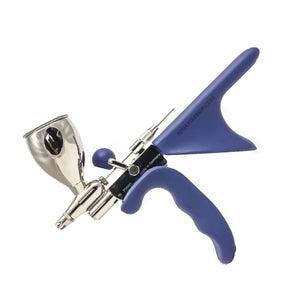
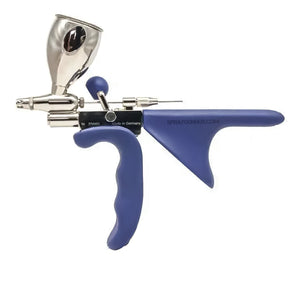 Vendor:Harder & Steenbeck
Vendor:Harder & SteenbeckHarder & Steenbeck COLANI 0.8mm
Regular price $266.00 USDRegular price -
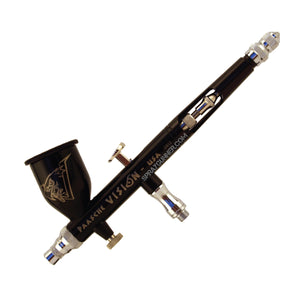
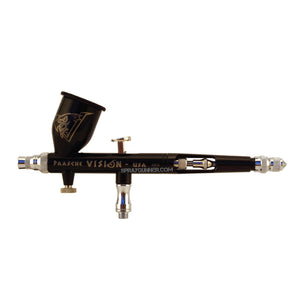 Vendor:Paasche
Vendor:PaaschePaasche Airbrush Vision TGX#0L
Regular price $130.00 USDRegular price -
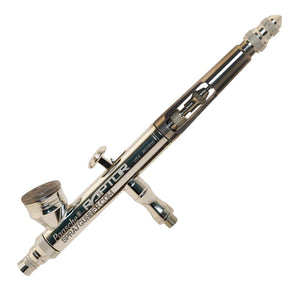
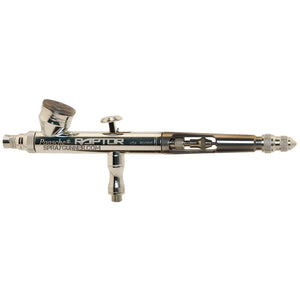
-


-

 Vendor:Sparmax
Vendor:SparmaxSparmax Airbrush SP-20X
Regular price $80.79 USDRegular price -
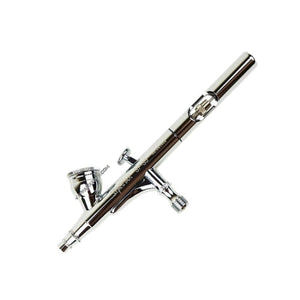
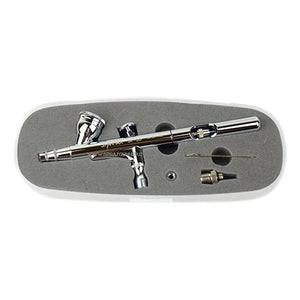
-
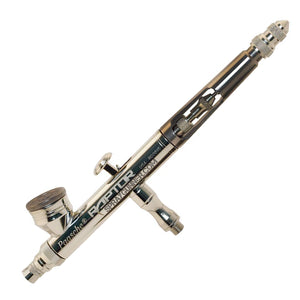
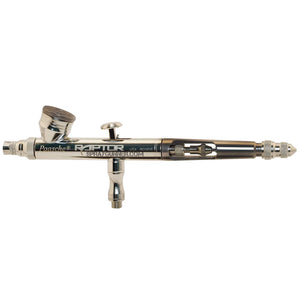
-

 Vendor:Paasche
Vendor:PaaschePaasche Raptor RG-3AS
Regular price $115.00 USDRegular price -
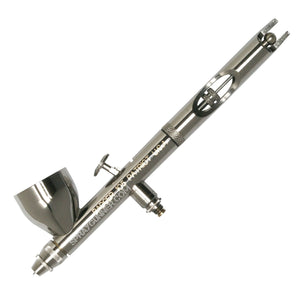
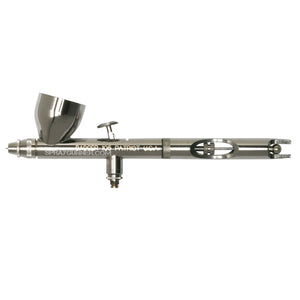 Vendor:Badger
Vendor:BadgerBadger Patriot 105 3in1 Gravity Airbrush
Regular price $110.00 USDRegular price$119.00 USD-$9.00 USD Sale price $110.00 USD -

 Vendor:Badger
Vendor:BadgerBadger Sotar 2020 3in1 Airbrush set
Regular price From $135.00 USDRegular price$175.00 USD-$40.00 USD Sale price From $135.00 USD -
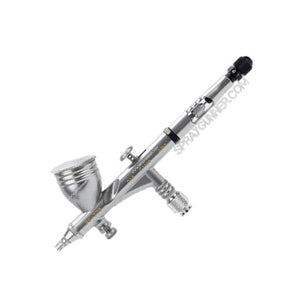
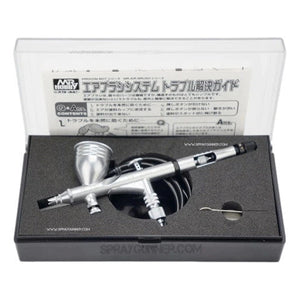 Vendor:GSI Creos Mr. Hobby
Vendor:GSI Creos Mr. HobbyPS770 GSI Creos Mr. Airbrush Custom 0.18mm
Regular price $225.00 USDRegular price -
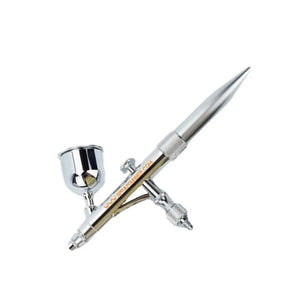
 Vendor:GSI Creos Mr. Hobby
Vendor:GSI Creos Mr. HobbyGSI Creos Mr. Airbrush Procon Boy PS-265 0.3 single action
Regular price $75.00 USDRegular price
Discover the Precision and Versatility of Gravity Feed Airbrushes
Gravity feed airbrushes, AKA air brush gun, are a staple in the world of airbrushing, offering unparalleled control and precision for a variety of applications. Whether you’re a beginner or a professional artist, understanding the benefits and features of gravity feed airbrushes can help you choose the right tool for your projects.
What is a Gravity Feed Airbrush?
A gravity feed airbrush is designed with a paint cup on top of the airbrush body, allowing gravity to draw the paint into the airbrush for spraying. This design differs from siphon feed airbrushes, which use suction to draw paint from a bottle or jar located below the airbrush.
Advantages of Gravity Feed Airbrushes
- Precision and Control: Gravity feed airbrushes are ideal for detailed work because they require less air pressure to operate. This allows for more precise control over the paint flow, enabling fine lines and intricate details.
- Efficient Paint Usage: With the paint cup positioned on top, gravity feed airbrushes utilize paint more efficiently, reducing waste and ensuring that you can work longer without frequent refills.
- Versatility: Suitable for a wide range of applications, gravity feed airbrushes can handle various types of paints and mediums, including acrylics, inks, enamels, and more. They are perfect for fine art, illustration, model painting, and even automotive detailing.
- Ease of Cleaning: Gravity feed airbrushes are generally easier to clean than siphon feed models because the paint cup is integrated into the body of the airbrush, making it simple to rinse out and maintain.
Key Features to Look for in a Gravity Feed Airbrush
- Cup Size: Gravity feed airbrushes come with different cup sizes. Smaller cups are great for detailed work and quick color changes, while larger cups are better for extensive projects that require more paint.
- Needle and Nozzle Size: The size of the needle and nozzle affects the spray pattern and paint flow. For detailed work, a smaller needle (0.2mm-0.3mm) is ideal, whereas larger needles (0.5mm and above) are suitable for broader coverage.
- Dual-Action Trigger: Most gravity feed airbrushes feature a dual-action trigger, allowing you to control both the airflow and paint flow with one hand. This provides greater control and flexibility during use.
Popular Brands and Models of air brush gun
Several reputable brands offer high-quality gravity feed airbrushes, including Iwata, Harder & Steenbeck, Badger, and Paasche. Some popular models to consider are:
- Iwata Eclipse HP-CS: Known for its reliability and performance, this model features a 0.35mm needle and a generous cup size, making it versatile for various applications.
- Harder & Steenbeck Infinity: This airbrush offers exceptional precision and a quick-fix end piece for pre-setting paint flow, ideal for fine detail work.
- Badger Patriot 105: A user-friendly option with a large paint cup and robust construction, perfect for beginners and professionals alike.
Tips for Using a Gravity Feed Airbrush
- Thin Your Paints: Ensure your paints are properly thinned to avoid clogging and achieve a smooth flow. Follow the manufacturer's recommendations for thinning ratios.
- Practice Control: Spend time practicing on a test surface to master the dual-action trigger and get comfortable with adjusting the paint flow and spray pattern.
- Regular Maintenance: Clean your airbrush thoroughly after each use to prevent paint buildup and maintain optimal performance. Disassemble the needle and nozzle periodically for a deep clean.
Conclusion
Gravity feed airbrushes, AKA air brush gun, are an excellent choice for artists and hobbyists seeking precision, efficiency, and versatility. By understanding their features and benefits, you can select the perfect airbrush to enhance your creative projects. Whether you’re working on detailed illustrations, customizing models, or painting large surfaces, a gravity feed airbrush offers the control and reliability needed to achieve professional results.







































































